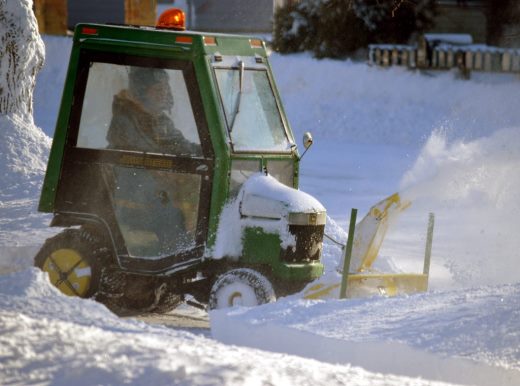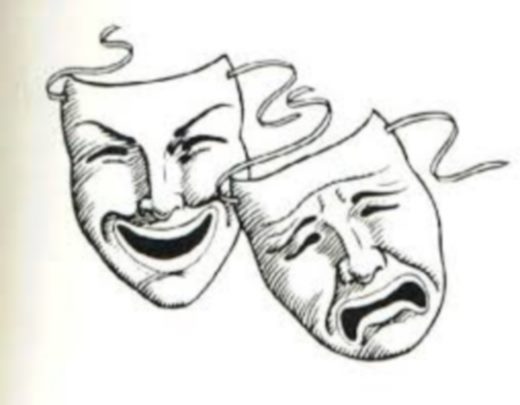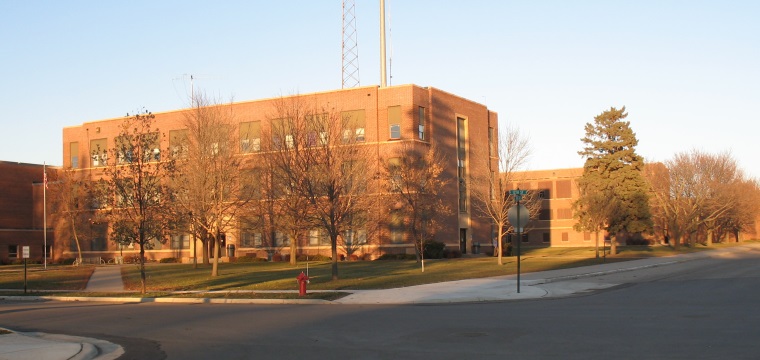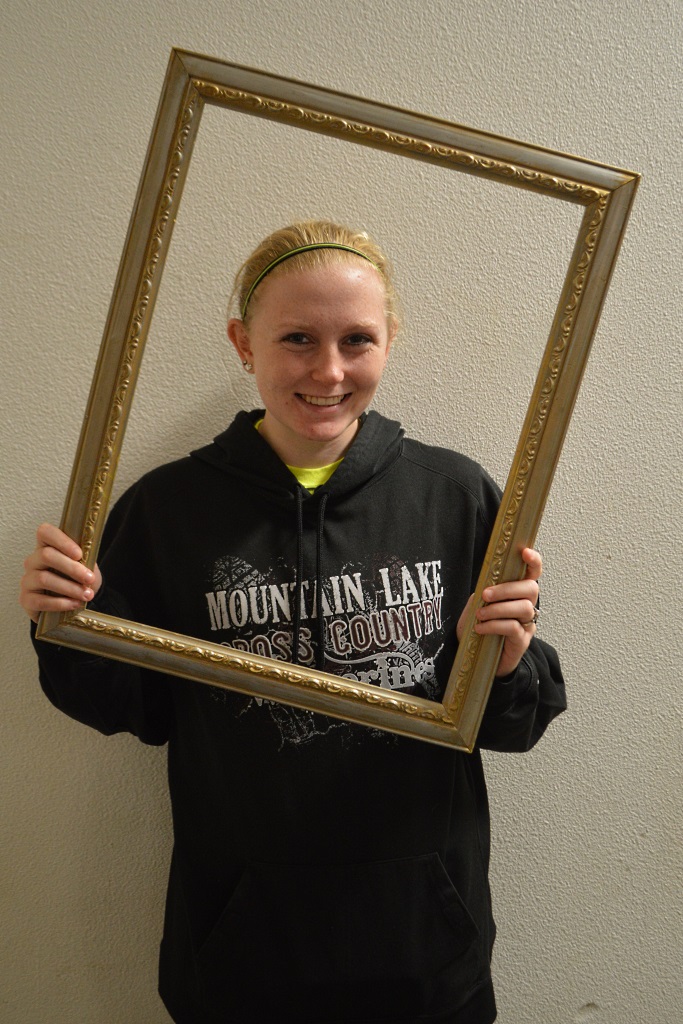Jaden Hoek next author in 2016-2017 MLHS senior student editorial series
Opening Up
In America today, one-in-four women and one-in-six men will be sexually assaulted within their first year of college. According to The National Center for Victims of Crime, the definition of sexual abuse and assault is, “any type of forced or coerced sexual contact or behavior that happens without consent.” Sexual assault includes rape and attempted rape, child molestation and sexual harassment or threats that can cause a very traumatic impact on the victims. I want victims to know that they are not alone, and for the community to realize the rising issue of sexual predators.
Minnesota is the leading state in sexual offenders in the entire country, and the facilities for the offenders are consistently filling up, resulting in shorter sentences and less jail time. These people can, and do, reside right here in Cottonwood County. Although they are dangerous and have committed felonies toward minors, they are not the ones the community should fear. Instead, the people that the community needs to watch for could be a next door neighbor or someone in the pew or seat at church or a school activity. Most of the time, first-time sex offenders do not offend against strangers because 75% of all victims of sexual assault know their perpetrator. Sexual assault and abuse can happen to anyone at any time, even right here in Mountain Lake.
Perpetrators coerce and manipulate their victims by using power and control, swearing them to secrecy or they could get in trouble. Perpetrators can cause their victims to have post-traumatic-stress disorder, “a psychiatric disorder that can occur following the experience of a life-threatening event, such as military combat, natural disasters, terrorist incidents, serious accidents or physical or sexual assault in adult or childhood.” (National Institute of Mental Health). They are good at grooming, which is befriending and establishing an emotional connection with the victim, and sometimes the family, to lower the child’s inhibitions for child sexual abuse, and lure a minor into trusting the predator (National Center for Victims of Crime). Victims are too scared to scream for help and hope every day that someone would just notice.
According to the P and C Wheel of Abuse Intervention Project, perpetrators use seven key areas to control and harm victims:
- Intimidation can include making victims afraid by using looks, actions or gestures, and following, texing or always needing to know where the victim is.
- Emotional abuse involves making targets feel bad about themselves, saying that they are worthless and making them feel guilty if they do not do what the predator says.
- Isolation/exclusion is when the predator tries to be in control of everything the victim does, who the victim talks to and where the victim goes. They use jealousy to justify their their actions, and they want to destroy the victim’s relationships with others.
- Minimizing, denying and blaming are tools predators use as well. Even when a victim tells them “No,” they act as if they are innocent.
- Sexual coercion is when the predator sends inappropriate texts, touches the victim inappropriately and uses drugs and alcohol to brainwash the victim.
- Privilege or social status/peer pressure happens when the perpetrator threatens to explose weaknesses and tells the community that the abuse is the victim’s fault. They tell victims what to wear and how to act.
- Using economic abuse and threats can be seen when the victim is told they can’t tell anyone, threats of suicide from the perpetrator and preventing victims from having other relationships. Predators also use money against the victim by controlling all expenses.
After experiencing sexual assault, the recovery process for the victim is long and hard. In order to recover, daily medications and weekly therapy sessions are a necessity for some victims, and most victims have trust issues, especially toward people of the same gender as their predators. Their views of society, friends, school, relationshps and church can be altered, and victims may feel betrayed by the ones closest to them. Many victims even have conflicting thoughts about life and death, love and marriage and friends and family. Typically, victims of abuse go through depression, anxiety and panic attacks.
People in our community need to look out for the warning signs of assault and abuse, including fear of the opposite gender, fear of being touched, secretive behavior, obsessiveness and the seven areas described above. If you recognize or witness any of these signs, please talk to the parents of the individual or the police immediately. You could be saving someone. Be the voice for those too afraid to speak. A simple gesture of compassion and love can mean a world of difference for those suffering.
I speak from experience about these issues, but I am stronger today because I have overcome one of the worst experiences in my life.


















